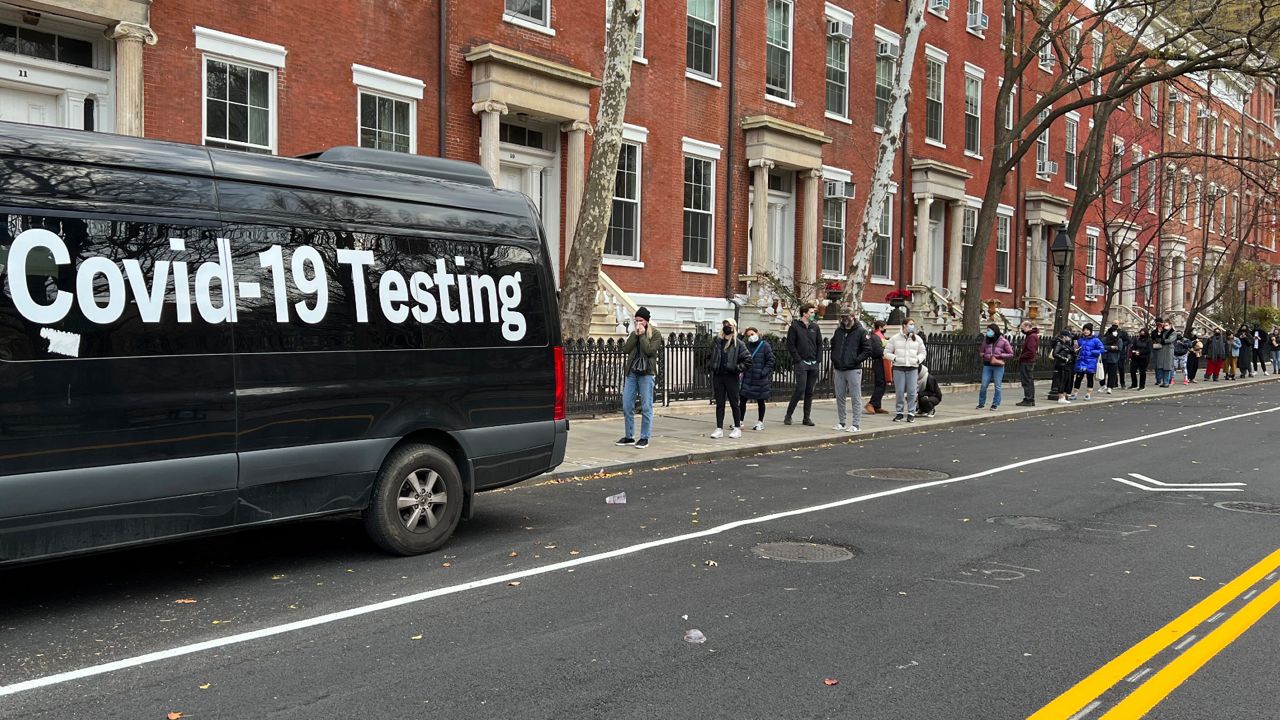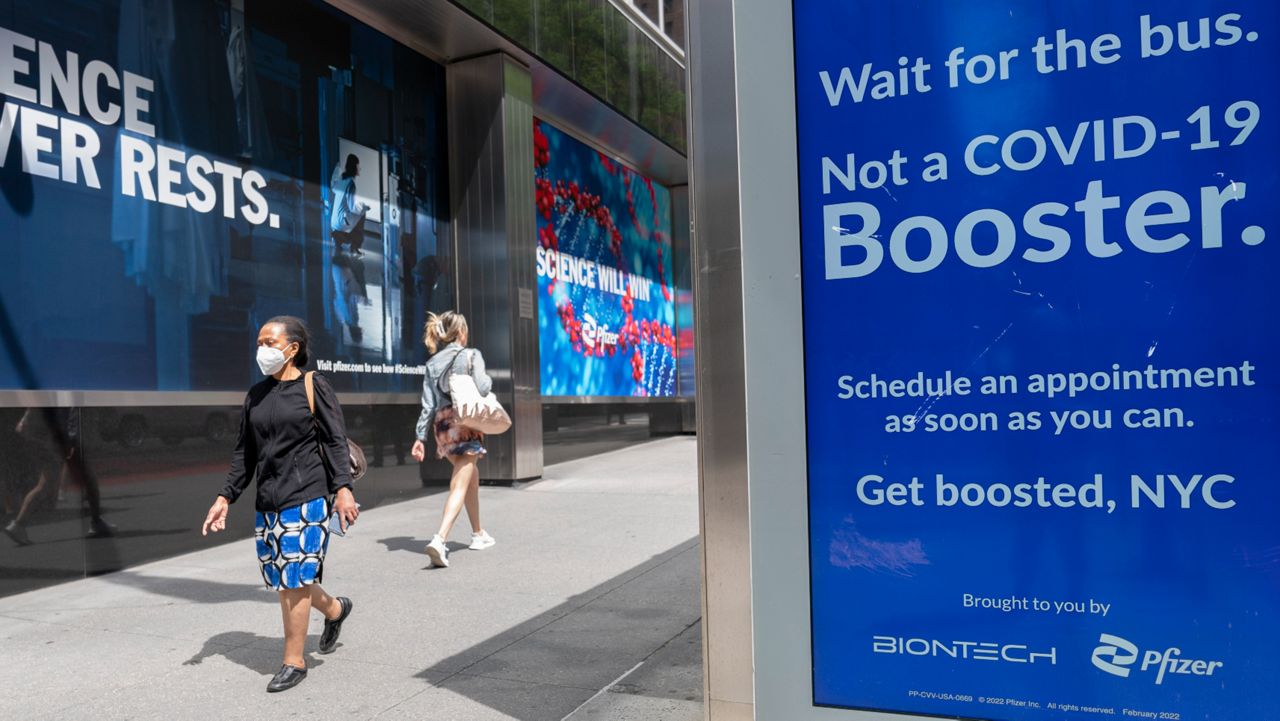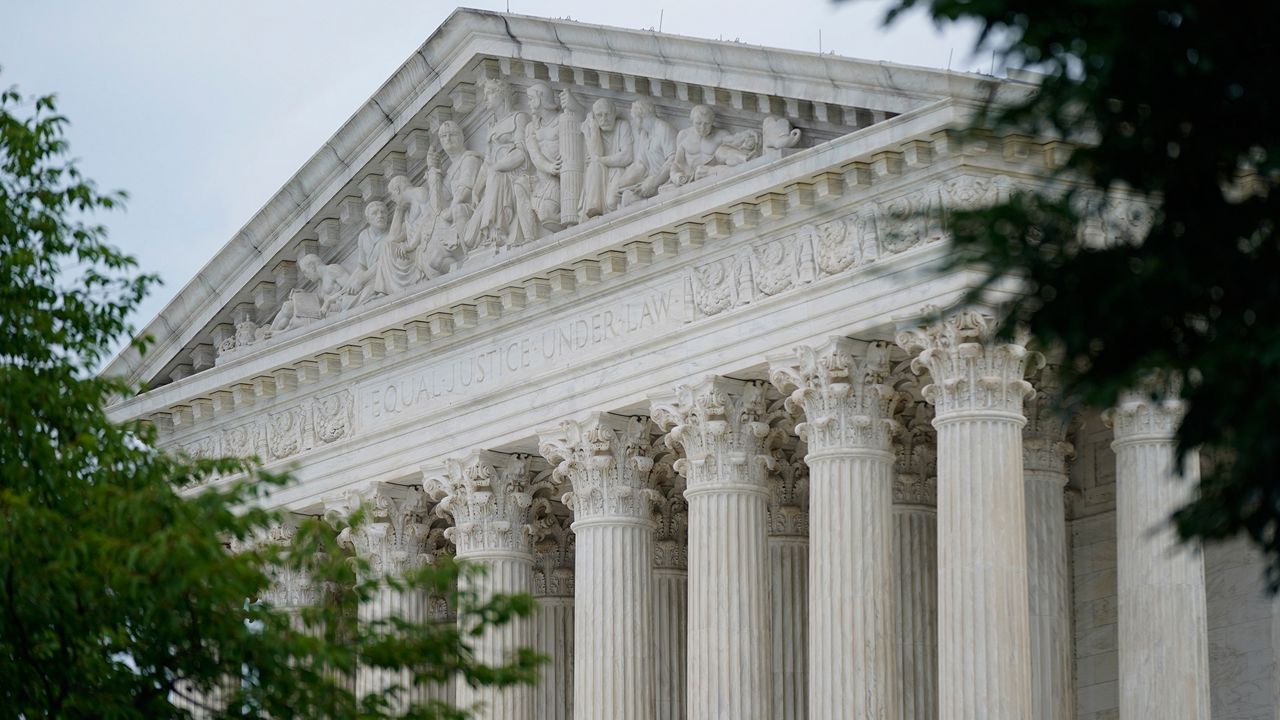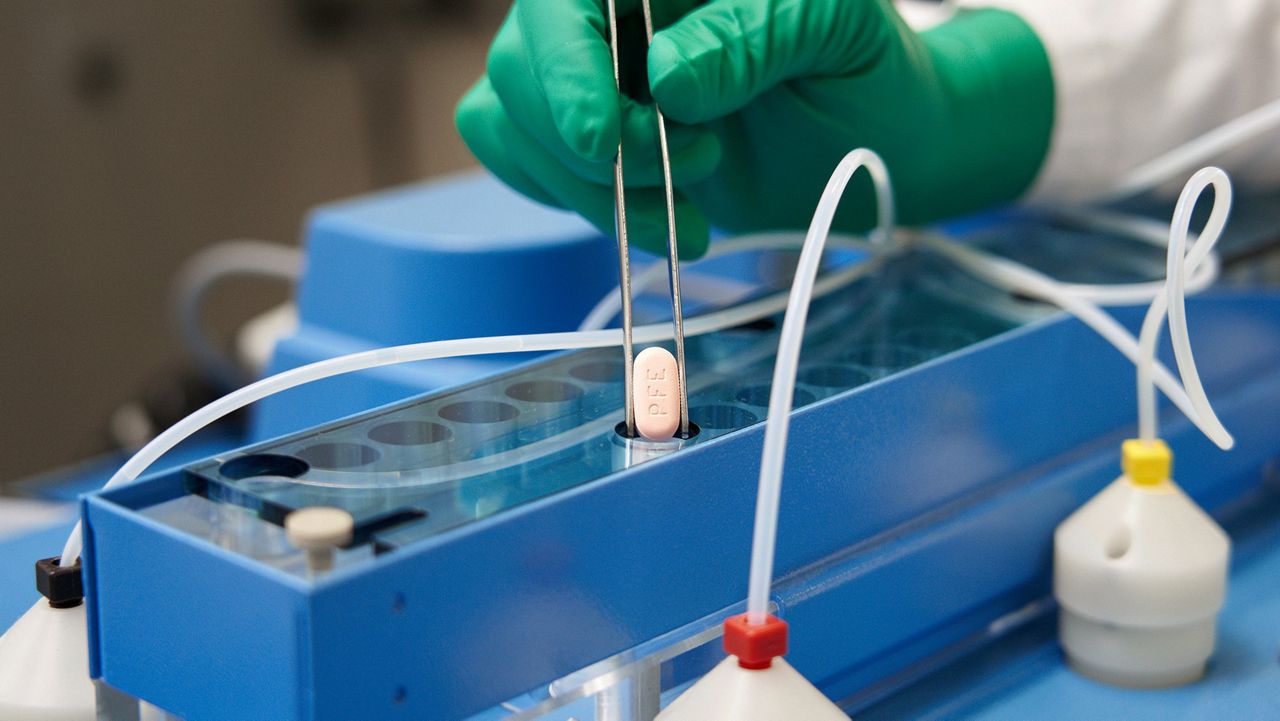A quarter of New York City adults — 1.8 million people — got COVID-19 during the latter half of the winter omicron surge, according to a study from CUNY’s School of Public Health, showing further evidence that the surge may have rivaled or even exceeded the cases during the coronavirus’ first wave.
The study found that only about half of total positive test results and likely cases made it into the city’s data collection efforts, which only count PCR tests conducted at a city-run location, or through private providers and pop-up locations.
Denis Nash, a professor at CUNY’s School of Public Health and a co-author of the study, noted that the city’s health department only reported about 550,000 positive PCR tests for New Yorkers of all ages during the surveyed period, compared to the 1.8 million infected adults counted in the study. The difference includes both likely COVID-19 cases among people who didn’t test, as well as people who used rapid tests at home.
“It’s an enormous gap,” Nash said. He added that because there is no consistent source of survey data to collect the city’s total number of positives, we don’t know how the gap is changing over time, or where it is widest at any given moment.
“My worry is that it might be so unreliable now that [the data are] not able to detect a surge when one is happening,” he said.
In an emailed statement, Michael Lanza, a spokesperson for the city health department, did not dispute the total number reported in the CUNY study, and said that the department had not reviewed the study.
Lanza said that the city needs to standardize how it captures data in order to make health policy decisions, and that since there are no ways to ensure that an at-home test was performed accurately, it is not necessarily a reliable source of information. In addition, he said, at home tests help residents make immediate decisions about their health needs, instead of needing to wait for PCR results.
“Our current level of surveillance data accurately reflects transmission trends around the city,” Lanza said. “In addition to case rates, we also focus on other measures, like hospitalizations, hospital capacity, deaths, and other measures of disease severity, in order to gauge the overall situation and risk to New Yorkers.”
The survey study, which has not been peer-reviewed, found that 27.4% of city adults tested positive or likely were infected with the coronavirus — including 5.2%, or just under 350,000, who tested at home with rapid tests and couldn’t report their results to the city.
Queens saw the highest percentage of infections of the five boroughs during the Jan. 1 to mid-March survey period, accounting for 35.2% of the city’s cases. Unvaccinated adults comprised just over a fifth of infections, and Hispanic adults had the highest percentage of demographic groups listed, at 41.1%.
Saba Qasmieh, the lead author on the study and a research scientist at CUNY’s Institute for Implementation Science in Population Health, said that it was important to monitor at-home tests and likely positives, and not just use reported PCR tests as a proxy for the city’s total caseload.
The omicron surge, Qasmieh said, showed that at-home tests are now a major way that New Yorkers check their symptoms, and the number of people relying on at home tests is probably changing over time.
“You're dealing with human behavior, and there are a lot of dynamic factors that would influence that,” she said.
Nash suggested that their survey study could be a “proof of concept” for the city to conduct their own surveys, and have a more constant understanding of local testing trends.
“I don't think the city’s goal is to know about every single case,” he said. “But they should have a sense of the stuff that we’re getting at in this study. They should know how much they're missing and who's missing.”








